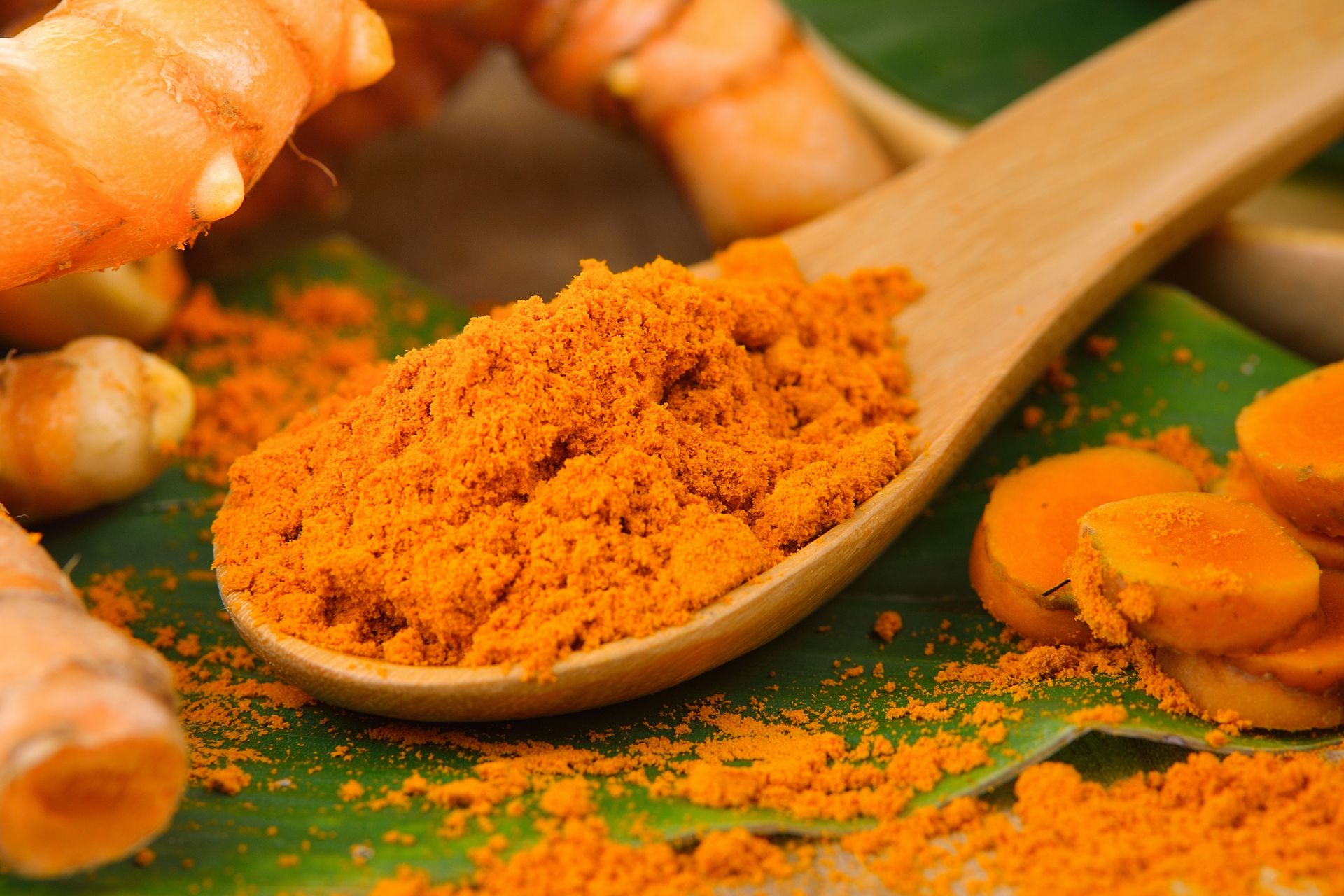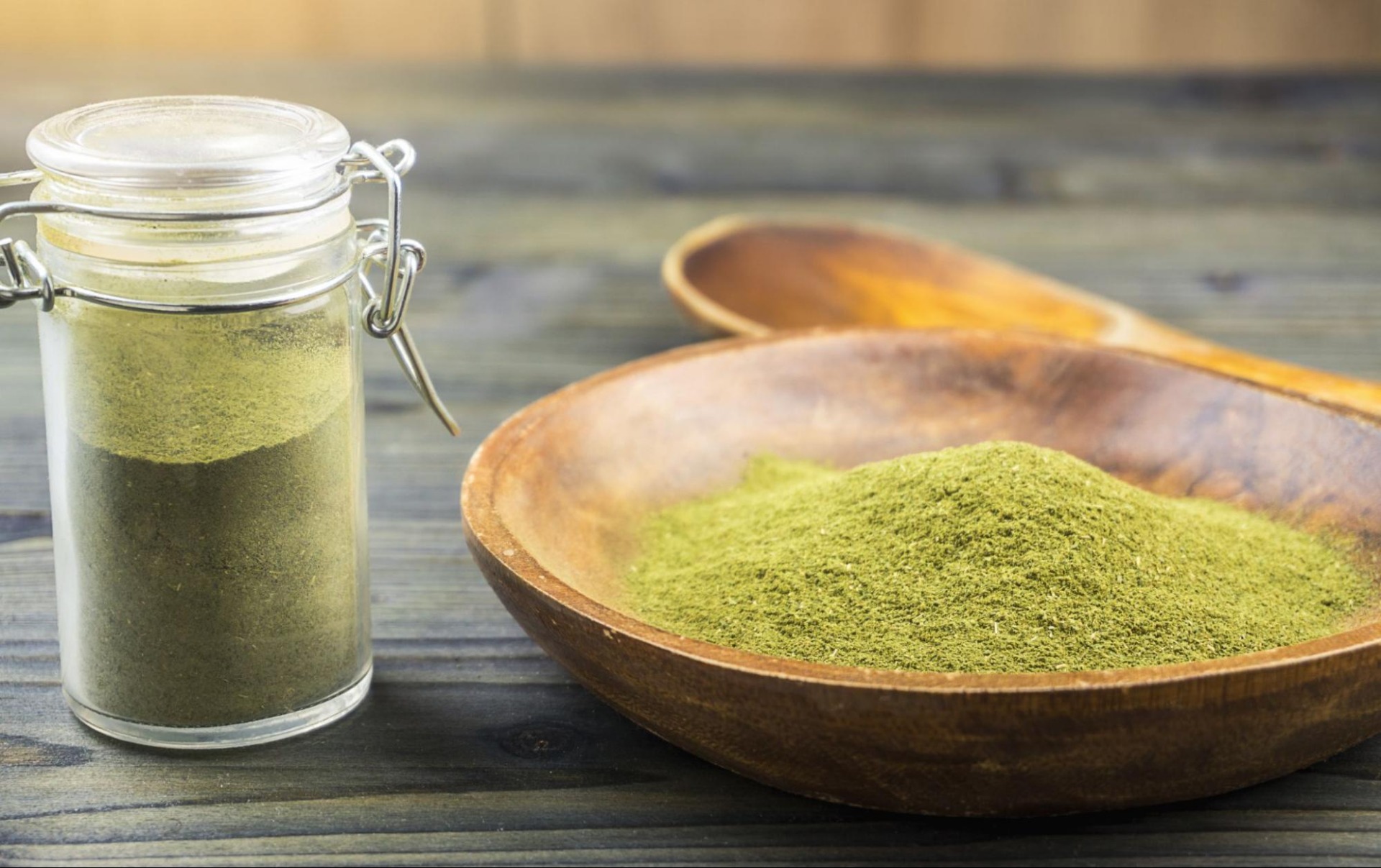Turmeric and Kratom: Why They Make a Great Combination

Contents
Want to learn more about kratom and turmeric, the potential benefits of mixing them, and the methods to do it safely? Let’s proceed.
What is kratom?
Kratom comes from the leaves of the Mitragyna speciosa tree native to Southeast Asia. Farmers in Malaysia, Vietnam, Malaysia, Laos, Indonesia, and Thailand cultivate the plant as they consider it medicinal. They usually chew the coarse leaves or drink them as tea.

As the herb shares similar traits as the coffee family, it offers users a stimulating sensation that you typically get from caffeine. The effect boosts productivity and helps workers get through a tiring workday.
Research shows that kratom has analgesic properties from compounds present in the plant. The primary alkaloid mitragynine converts to hydroxymitragynine before binding to and activating body receptors.
The resulting reactions release chemicals that flow to the spinal cord and prevent ache signals from traveling to the brain. The result is that you don’t experience physical discomfort.
Analgesia isn’t the only effect kratom produces. You may feel other sensations, which include upliftment, energy, and euphoria. The results depend on the strain and the dosage consumed.
Cultivating conditions and drying methods determine the herb’s alkaloid content and strain type. The different cultivar names indicate their origin and potency, which derive from the maturity of the leaves.
When looking to try kratom powder, expect to find products with labels like “Red Bali Kratom,” “Green Maeng Da Kratom,” and “White Kratom.”
The red, white, and green vein colors indicate the herb’s potential effects. The former is reportedly more relaxing and calming than the other two, easing physical discomfort and aiding sleep.
White variations are usually the most stimulating. A high content of euphoric alkaloids helps with improving mood and inspiring motivation. The herb is an excellent caffeine substitute.
Green kratom is also a pick-me-up, but its effects last longer. This strain offers an experience that sits between the other two cultivars.
Reports suggest the herb may treat emotional issues, hypertension, muscle aches, and diarrhea. Remember to stick to a safe kratom dosage to get the desired results.
Before we discuss the benefits of mixing turmeric with kratom, let’s review the former and how it helps consumers in health matters.
What is turmeric?
Turmeric is a root that colors and flavors food, typically in Indian and Asian cuisine. Belonging to the ginger family, it gives curry a yellow-orange appearance and a bitter, spicy taste.

The botanical is rich in vitamins and minerals, such as:
- Vitamin C and B6
- Niacin
- Iron
- Manganese
- Potassium
Besides being an ingredient in Chinese and Indian cuisine, the spice is traditionally used as medicine and often found at cultural events.
Hindus use the yellow powder in marriage ceremonies as they consider it auspicious and believe it signifies fertility, purity, and good health.
Research shows that turmeric’s active compound, curcumin, has anti-inflammatory and antioxidant properties. The polyphenol helps manage conditions such as arthritis, metabolic syndrome, allergies, and hyperlipidemia and reduces muscle soreness, facilitating injury recovery.
Curcumin also offers the following benefits:
- Reduces the production of pro-inflammatory prostaglandins by blocking the COX2 enzyme.
- Lowers NF-kB concentration, the protein in the body that makes cells stimulate pain-inducing chemicals, alleviating the discomfort.
The botanical may also protect the body, as it contains phytonutrients that neutralize free radicals and prevent cell damage.
Although research hasn’t confirmed many health benefits of consuming turmeric, the following possibilities offer promise:
- Treating psoriasis
- Increasing antioxidant capacity
- Relieving effects of H. pylori infection
- Enhancing BDNF (brain-derived neurotrophic factor), which aids learning and memory
- Lowering heart disease risk
- Managing inflammatory bowel disease
- Slowing down Alzheimer’s progression
- Relieving arthritic symptoms
The antioxidant-rich curcumin may also help prevent and treat certain cancers such as colorectal, breast, prostate, multiple myeloma, lung, and pancreatic.
Turmeric is safe for most people when consumed with food or tea. Beware that the spice could cause rashes, hives, or stomach aches if you’re allergic to it.
Mixing curcumin and kratom: What are the possible perks?
Potentiation refers to combining substances to enhance bioactivity and improve potency. Mixing kratom and curcumin allows you to potentially increase the benefits of consuming the herb, including the following:
Extending your experience
When ingesting the herb, cytochrome P450 enzymes in the liver metabolize and inactivate the alkaloids, shortening the duration of their effects.
As these proteins preferentially target curcumin, when consuming turmeric with kratom, the herb’s compounds stay longer in the system, extending their impact.
Enhancing your well-being
Since turmeric and kratom have properties that may treat physical symptoms and alleviate inflammation, mixing them improves your desired outcome.
Reducing the possibility of side effects
Potentiating the herb and spice means you enjoy potent benefits while consuming a smaller amount of the former. The reduced dosage may lower the risk of kratom’s adverse effects.
Lowering the probability of developing tolerance
Minimizing your usage of the Mitragyna speciosa extract by supplementing it with curcumin lessens the danger of increased tolerance and dependence.
Saving money
You spend less money on the supplement as you consume a lower dose to enjoy the desired effects. Taking turmeric before kratom is an excellent choice, as it works with any strain.
The best methods of taking kratom with turmeric
Before learning how to potentiate kratom with turmeric, let’s explore some factors that help optimize your results without adverse results.
As pepper helps your body metabolize curcumin better, adding it to your mixture enhances your experience. The increase in the spice’s absorption allows the herb to remain longer in your system, providing longer-lasting effects.
You may improve turmeric’s bioavailability by consuming it with fat sources, such as nuts, fish, and avocado. These elements enable curcumin to bypass the liver and flow directly into the bloodstream.
To maximize the potentiation results, consume the spice for about an hour before ingesting kratom. That’s the time needed for turmeric to get into your body and react with cytochrome P450 enzymes, slowing down their inactivation of the herb’s alkaloids.
While the spice is available as powder, capsules, drinks, and food, using it in its natural form is best. Curcumin extracts are better than turmeric as it’s the compound that interacts with the liver proteins.
Generally, people use the following two potentiation methods. As it’s a matter of personal preference, try them and decide what works best for you.
Method 1
This option is for users with a relatively healthy liver and a moderate metabolism rate. Take two 500 mg turmeric capsules about 15–25 minutes before ingesting kratom on an empty tummy.
Method 2
Use this method if your metabolism rate is high and you’re concerned with your liver health. Mix one-third kratom with two-thirds turmeric and consume the blend with food or beverages. Adding peppercorns enhances the process as it facilitates the spice’s absorption.
How to use this combo safely
Although they’re both botanicals, it’s critical to know how much turmeric to take with kratom when potentiating. Always err on the side of moderation, as an excess of anything good may lead to unpleasant experiences.
While turmeric offers many health benefits, excessive consumption might cause the following side effects:
- Gastrointestinal issues like diarrhea, nausea, and vomiting.
- Irregular heartbeat, which can potentially be fatal.
An oncology clinical dietitian/nutritionist at Johns Hopkins Medicine advises against using kratom potentiators like curcumin supplements as too much may pose risks. Mary-Eve Brown recommends getting the spice in whole food form.
Brown says the compound concentration in products is higher than you would ingest when the spice flavors meals or drinks. The excessive content may increase the occurrence of kidney stones, especially if it’s in your genes.
Turmeric supplements may react with certain meds, including reducing the effectiveness of aspirin, ibuprofen, indomethacin, or acetaminophen.
Avoid curcumin products if you’re on chemotherapy drugs, such as:
- Mechlorethamine
- Doxorubicin
- Camptothecin
- Cyclophosphamide
Ingesting too much kratom could also lead to toxicity issues, such as constipation and dry mouth. More severe impacts include liver damage, seizures, and going into a coma. Many users suggest not consuming the herb daily and only using it to treat your medical conditions.
You can minimize the risks by combining the plant with the spice in controlled dosages. Seasoned users suggest two-thirds turmeric and one-third high-quality kratom.
Consult your doctor before mixing the botanicals to determine the correct amount to consume, especially if you’re on prescribed medication.
Should you mix turmeric with kratom?
Knowing the potential health benefits that kratom offers, being able to add turmeric to enhance your experience is exceptional. It’s a win-win proposal, as research shows that the spice also possesses medicinal properties.
Consuming curcumin before taking the herb prolongs the latter’s effects in your system, extending the sensations and results.
As you need to use a lower amount of kratom to achieve your desired outcome, you avoid the risk of developing tolerance and dependence. You also save a ton of money in the process.
Always keep in mind that moderation is the key. Don’t get carried away and use excessive quantities, as you could experience unpleasant side effects.
Note that although Mitragyna speciosa is a botanical, the extract isn’t regulated in all US states, so it’s critical to obtain your supply from trusted sources like Kratom Country.
Check out our online store for high-quality supplements and more information. For beginners, select our different kratom variety packs to decide what works for your condition.
You get to test our herbal products without risk as we offer buyers a cash-back guarantee. If you don’t feel your order is suitable, contact us within 30 days and we’ll arrange for the return and refund your money.
About the Author

Camila Millson is an experienced technologist of quality kratom products. She has over five years of working experience at Kratom Country.
Camila specializes in making kratom capsule technology. She also has extensive experience in developing technology for kratom tea.
Working for a large company, she is involved in the manufacturing processes of kratom powder, capsules, and other products. As well, she is knowledgeable about kratom legalization and can advise clients on these issues.

Comments